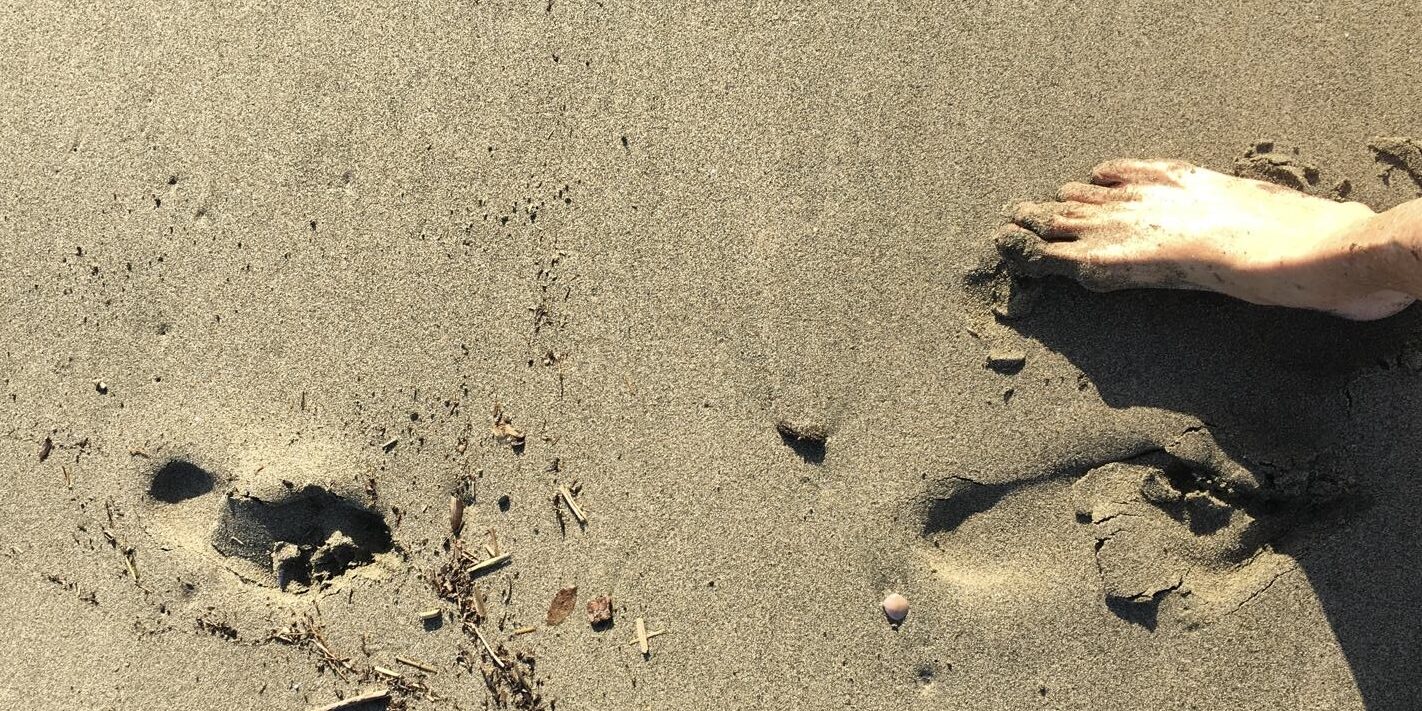Penso al passante di Londra che dava qualche spicciolo al bambino Charlie Chaplin che chiedeva un’elemosina facendo qualche esercizio buffo per richiamare l’attenzione.
Lui e quel piccolo sgualcito e denutrito sono in quel momento due sconosciuti nella vicenda del mondo.
Eppure sono entrambi protagonisti del non ancora pronto 1900.
Il maggiore di età è trascinato dentro queste righe dal minore, che doveva diventare il nome del cinema di un secolo nuovo. Doveva diventare: riconosco una necessità per la quale i suoi film in bianco e nero sono insuperabili.
Per la breve durata di ripetuti istanti queste due persone incrociate in una strada di Londra rappresentano il perfetto scambio tra l’arte del saltimbanco e la sua fortuita retribuzione.
Di questi scambi è fatta la storia dell’umanità.
Di questa severità è fatta l’infanzia di uno del 1900.
Sono lieto di appartenere allo stesso secolo di Chaplin, di avere abitato lo stesso tempo per 27 anni.
Quando è morto l’ho saputo dalla cronaca mentre cominciava l’epoca dei miei salari.
Lui cameriere che attraversa una gremita sala da ballo sollevando sulla testa il precario vassoio è uno dei fotogrammi simbolici del 1900.
Ogni volta che rispondo con una moneta a una domanda di elemosina sto imitando l’anonimo che rispondeva alla mano tesa di Chaplin dopo la capriola.
English translation:
IMITATIONS
I think of the passerby in London who gave a few coins to the young Charlie Chaplin as he begged, performing some funny trick to draw attention.
At that moment, he and that little ragged and undernourished boy are two strangers in the story of the world.
Yet they are both protagonists of the not-yet-arrived 1900s.
The older one is drawn into these lines by the younger, who was destined to become the name of the cinema of a new century. He was destined to become that: I recognize a necessity for which his black-and-white films remain unsurpassable.
For a brief duration of repeated moments, these two people crossing paths on a London street represent the perfect exchange between the street performer’s art and his fortunate remuneration.
The history of humanity is made up of such exchanges.
The childhood of one of the 1900s is made up of such severity.
I am glad to belong to the same century as Chaplin, to have lived in the same time for 27 years.
When he died, I learned about it from the news, just as the era of my own wages began.
He, the waiter who crosses a crowded ballroom lifting a precarious tray over his head, is one of the symbolic frames of the 1900s.
Every time I respond to a plea for alms with a coin, I am imitating the anonymous passerby who responded to Chaplin’s outstretched hand after his somersault.




